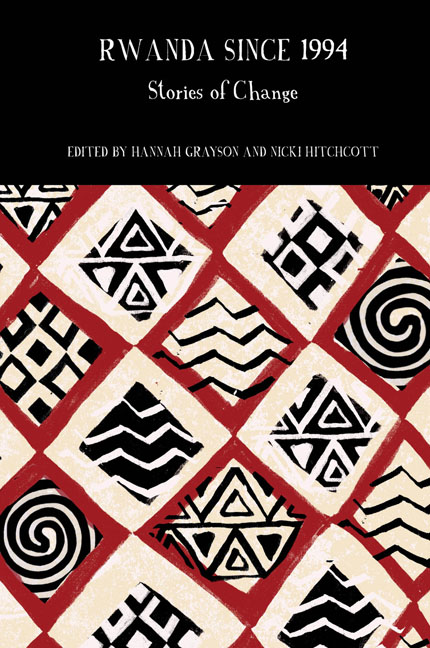Stories as Change: Using Writing to Facilitate Healing among Genocide Survivors in Rwanda
Summary
For several years, I facilitated a collaborative project involving educators and mental health professionals in the US and Kigali, Rwanda, using narrative writing to promote healing and positive growth among university-aged survivors of the 1994 Genocide against the Tutsi in Rwanda. The rationale for using writing as a means of healing is that, by definition, traumatic memories are characterized as being disorganized and incomplete. Part of their extreme power is that they have little or no narrative content, existing primarily as fragments, feelings and physical sensations that occur without warning and at unexpected times.
Therapeutic writing – that is, narrative writing that systematically follows a deliberately therapeutic format – has been proven effective in reducing the effects of post-traumatic stress disorder (PTSD) and improving mental health because it allows an individual to organize traumatic memory by converting images and emotions into words and narrative text. Deliberately revisiting the trauma through writing allows the individual to manage the timing of the emotional response and give order and structure to what otherwise feels chaotic and disorganized. As writers learn that they can move into and back out of painful memories, they begin to experience feelings of control over previously intolerable and unmanageable emotions, eventually integrating the trauma into their ongoing life stories.
In this essay, I will present a rationale for therapeutic writing, then discuss the design for the particular writing-for-healing model that was developed and employed in this work with Tutsi survivors. I will go on to describe the participant interactions around and responses to the overall project to demonstrate the healing potential of narrative writing in response to trauma.
Writing and Healing: The Rationale
Traumatic memories are characterized by intense emotion and corresponding alterations of the nervous system. Because these moments are marked by an increased level of adrenaline and other stress hormones, they are deeply imprinted into a part of the psyche that is pre-narrative and even pre-verbal, recorded in an area of the brain that both retains these images and gives them their emotional weight (Herman, 1997: 38–39). For this reason, individuals feel the emotion of a traumatic memory even if (and often because) they cannot verbalize the experience (van der Kolk, 1988: 273–80).
- Type
- Chapter
- Information
- Rwanda Since 1994Stories of Change, pp. 232 - 252Publisher: Liverpool University PressPrint publication year: 2019



